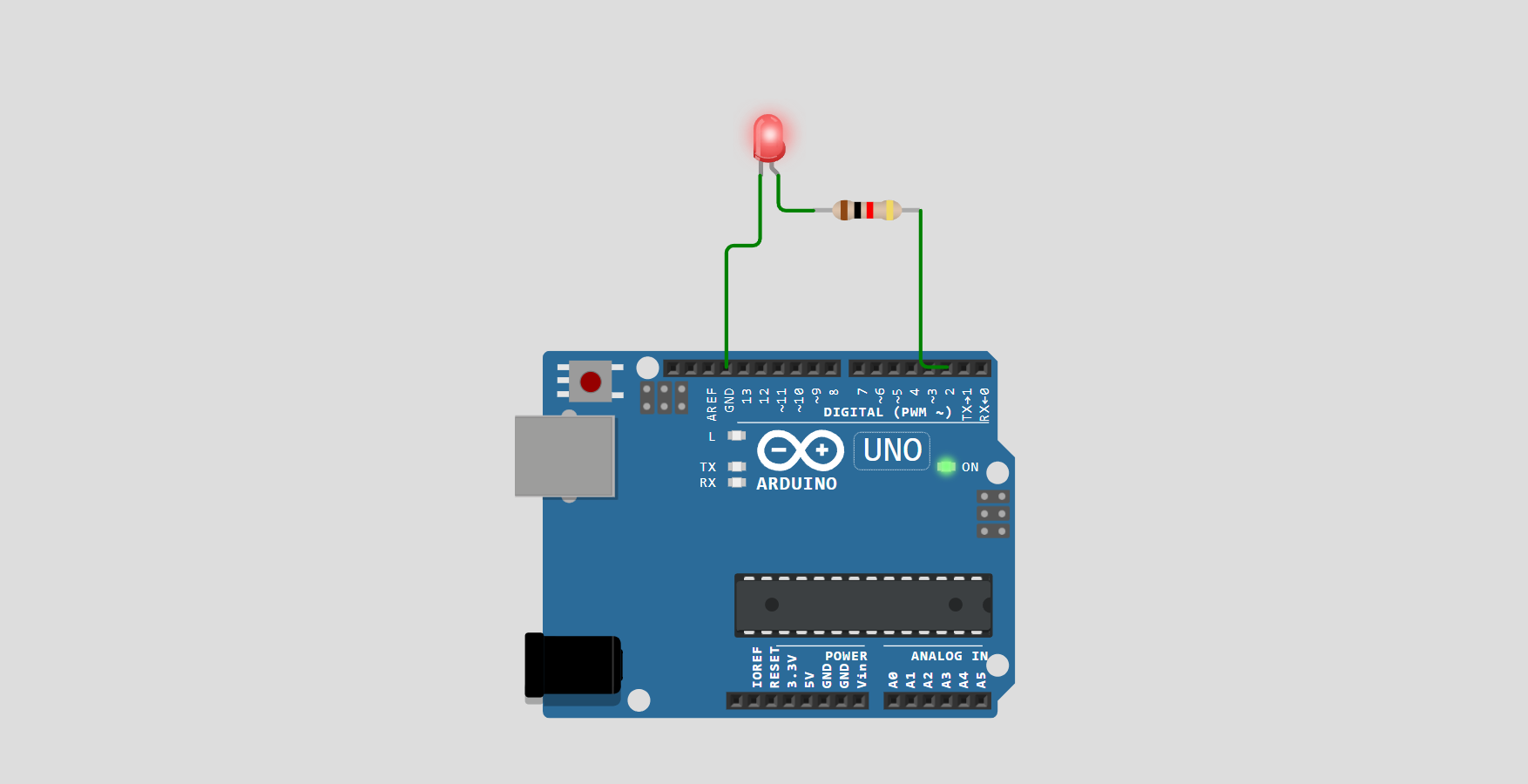Introduction to Arduino
Let’s start by understanding what Arduino is and what it can do for you as a beginner in electronics.
Installing the Arduino IDE
Before you can start programming Arduino, you need to install the Arduino IDE — the official development environment.
Blink: Your First Arduino Project
Let's build your first real Arduino project — make an LED blink!
Understanding Arduino Code Structure
Learn how Arduino code is structured and how setup() and loop() work together.
Working with Digital Output
Learn how to control components like LEDs, buzzers, and relays using digital pins.
Working with Digital Input
Learn how to use buttons and switches with Arduino and respond to user input.
Working with Analog Input
Learn how to read variable values from sensors using analog pins.
Working with Analog Output (PWM)
Use analogWrite() to control brightness, speed, and more with Pulse Width Modulation.
Final Assessment & Certificate
Take this final quiz to test your knowledge. Score 71% or more to earn your certificate!
This feature has been disabled by the administrator

Let’s break down what each line of your Blink code means:
void setup() {
pinMode(2, OUTPUT);
}
✅ This line runs once. It tells Arduino: “Pin 2 will be used to send voltage.”
void loop() {
digitalWrite(2, HIGH); // turn LED on
delay(500); // wait 0.5 seconds
digitalWrite(2, LOW); // turn LED off
delay(500); // wait 0.5 seconds
}
✅ This part runs over and over:
-
digitalWrite(2, HIGH)sends 5V to pin 2 — LED turns on -
delay(500)pauses for half a second -
digitalWrite(2, LOW)sends 0V — LED turns off -
Another pause, and the cycle repeats
✅ Your Task:
-
Make sure your LED is connected to Digital Pin 2, as shown in the wiring diagram
-
Upload the code above
-
Watch the LED blink every 0.5 seconds
-
(Optional) Try changing the
delay(500)values to blink faster or slower
🎉 Great job! You’ve built your first working Arduino project!


